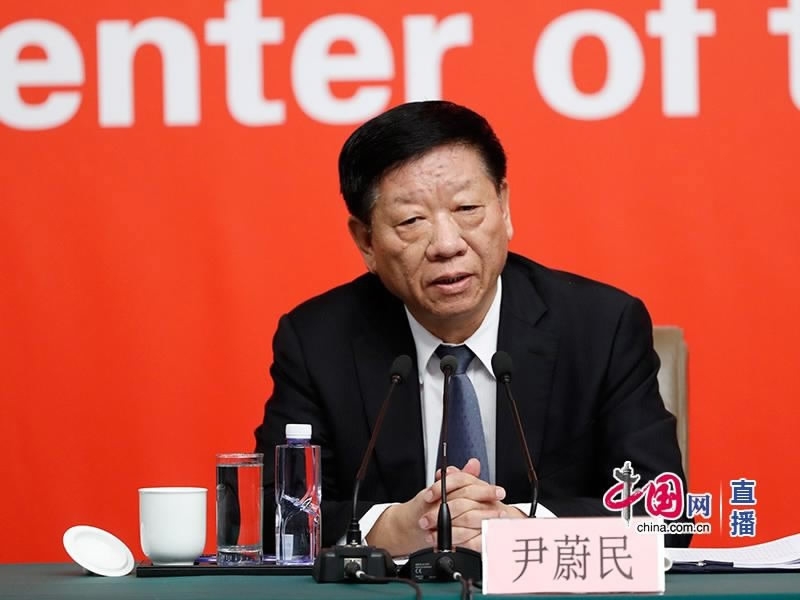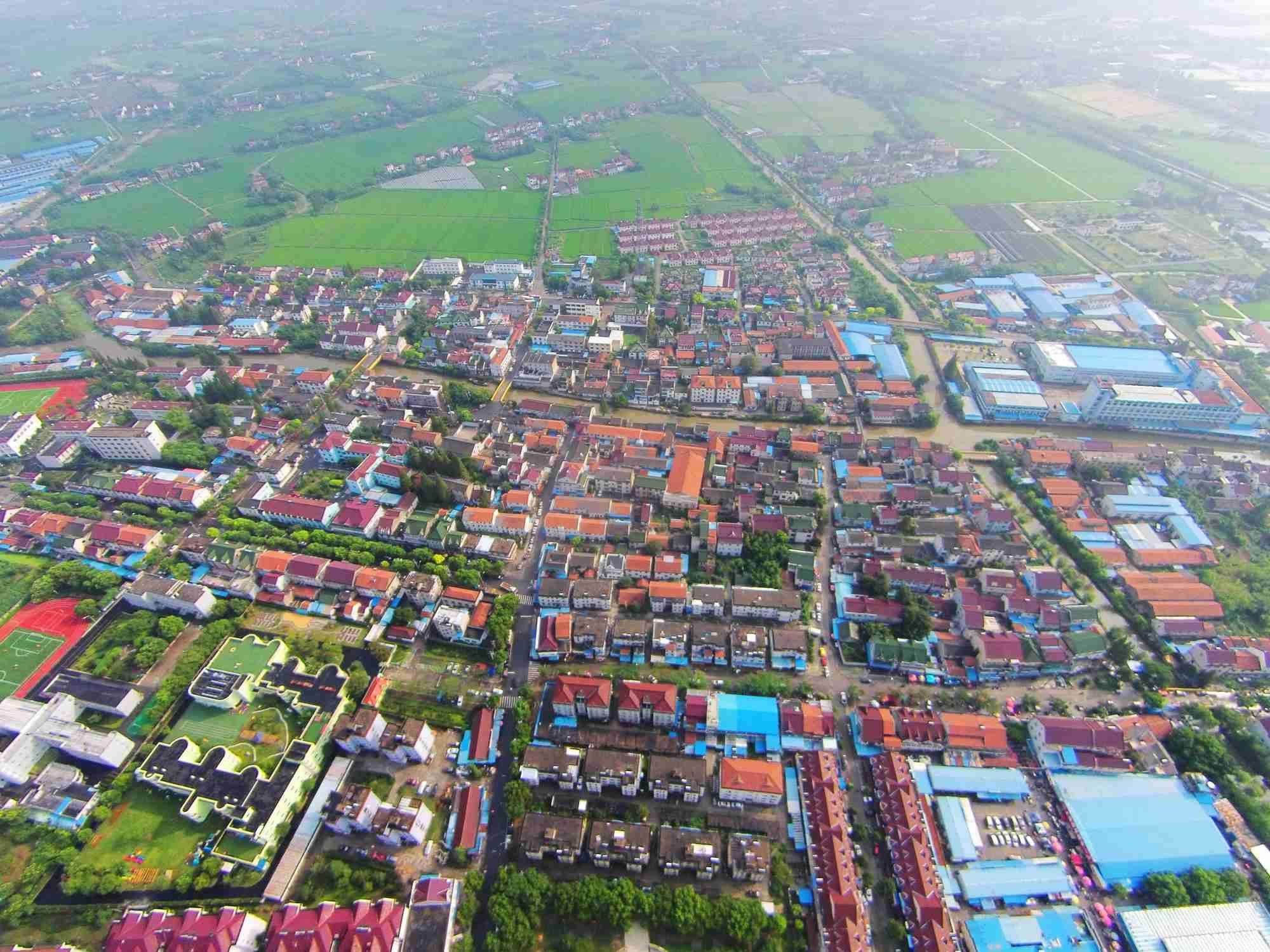
Opinions
16:23, 25-Oct-2017
Opinion: How have people’s livelihoods been improved in China?
By Li Yong

The 19th National Congress of the Communist Party of China (CPC) is not just a political event, but also an occasion to explore ways and means of improving people’s livelihood.
The fifth press conference of the 19th CPC National Congress was held on Oct. 22, 2017, on the topic of people’s livelihood. Five deputies to the Congress, namely Minister of Education Chen Baosheng, Minister of Civil Affairs Huang Shuxian, Minister of Human Resources and Social Security Yin Weimin, Minister of Housing and Urban-Rural Development Wang Menghui, and Head of National Health and Family Planning Commission Li Bin, attended the press conference.

Yin Weimin, Minister of Human Resources and Social Security /Photo via China.com.cn
Yin Weimin, Minister of Human Resources and Social Security /Photo via China.com.cn
Holding press conferences has become a usual practice of major national events in China, and it is considered a means of communication with the general public about policies and the results of their implementation. It is also a measure to increase transparency and the ability of the general public to supervise the work of the Party and central government.
Foreign journalists are also present at these press conferences. A total of 1,818 journalists from 134 countries covered the 19th CPC National Congress – a 19.6-percent increase over the previous Congress.
Each of the deputies attending the fifth press conference briefed on what had been achieved in the past five years in their respective area regarding people’s livelihood, and their future goals and objectives in the next five years.

Drying corns in Chongqing, southwest China, Oct. 10, 2017. /Xinhua Photo
Drying corns in Chongqing, southwest China, Oct. 10, 2017. /Xinhua Photo
Loud and clear are the achievements as evidenced by facts and figures:
– The country’s expenditure on education has increased from two trillion yuan to over three trillion yuan in the past five years, accounting for over 4 percent of the GDP annually in the past five years. Some 90 percent of various types of schools have Internet access today, up from just 20 percent five years ago. A total of 65 million students from colleges and vocational schools have graduated and joined the workforce in the past five years. (Chen Baosheng, Minister of Education)
– The subsistence allowances for urban and rural residents have increased by 10.7 percent and 16 percent respectively. Over 28,000 nursing institutions for the elderly in China provide more than seven million beds. Home-based community care has covered all urban communities and half of the rural communities. (Huang Shuxian, Minister of Civil Affairs)
– The world’s largest social safety net has been built in China, with 900 million people included in the endowment insurance system and over 1.3 billion people covered by medical insurance. (Yin Weimin, Minister of Human Resources and Social Security)
– The housing conditions of over 80 million poverty-stricken people have improved, and about 60 million residents in run-down areas have been moved into newly-built apartment buildings. (Wang Menghui, Minister of Housing and Urban-Rural Development)

New housing in a suburb of Shanghai, China. /CFP Photo
New housing in a suburb of Shanghai, China. /CFP Photo
– Some 80 percent of the residents are now 15 minutes away from the closest point of medical care, and contracted services of family physicians cover a total of 430 million people. Personal outlays on medical care as a percentage of total medical expenditures have dropped from 40.4 percent in 2008 to less than 30 percent today. (Li Bin, Head of National Health and Family Planning Commission)
However, the achievements have not been made without challenges, both domestically and internationally. China’s economy has entered into the “new normal” characterized by slower economic growth, with the global economic environment being sluggish and volatile. These have made the efforts to improve people’s livelihood more difficult, and the progress all the more valuable.
In his report at the opening session to the 19th CPC National Congress, General Secretary of the CPC Central Committee Xi Jinping identified the current issue of China’s social and economic development as the “contradiction between unbalanced and inadequate development and people’s ever-growing needs for a better life”. This is true in areas of people’s livelihood and the future challenges the CPC is going to deal with in the years ahead. An important message from the press conference is that policies and measures in the future will tilt towards disadvantaged areas and people to make sure that the benefits of China’s economic development are equally and fairly shared by the people all over the country.

Harvesting chrysanthemum in Huaining County, east China's Anhui Province, Oct. 10, 2017. /Xinhua Photo
Harvesting chrysanthemum in Huaining County, east China's Anhui Province, Oct. 10, 2017. /Xinhua Photo
Balanced development among different regions and adequate supplies of public goods will be the future objectives of fulfilling people's expectations and improving their livelihood.
Also noteworthy is the ministers’ use of easy-to-understand language during their communication with the media at the press conference. A notable example is the colloquialism the Minister of Education Chen Baosheng has employed. Chen described the current development in education reforms as “four beams and eight pillars are already in place and now in full interior decoration stage”, indicating that the structure of the educational reforms, much like the construction of a house, has been established, and the reforms have entered the implementation stage.
Indeed, with all the necessary beams and pillars being installed, China is going forward with its agenda to refurbish the “house”, in which people’s livelihood will be further elevated to higher levels.
(Li Yong is a senior research fellow at the China Association of International Trade (CAIT), deputy secretary general and vice chairman at CAIT, co-chairing the Center for US/Europe Economic and Strategic Studies. He is also an executive councilor at the China Society of WTO Studies (CWTO) and a member of the Advisory Committee for Foreign Economic and Trade Policies at CWTO.)

SITEMAP
Copyright © 2018 CGTN. Beijing ICP prepared NO.16065310-3
Copyright © 2018 CGTN. Beijing ICP prepared NO.16065310-3